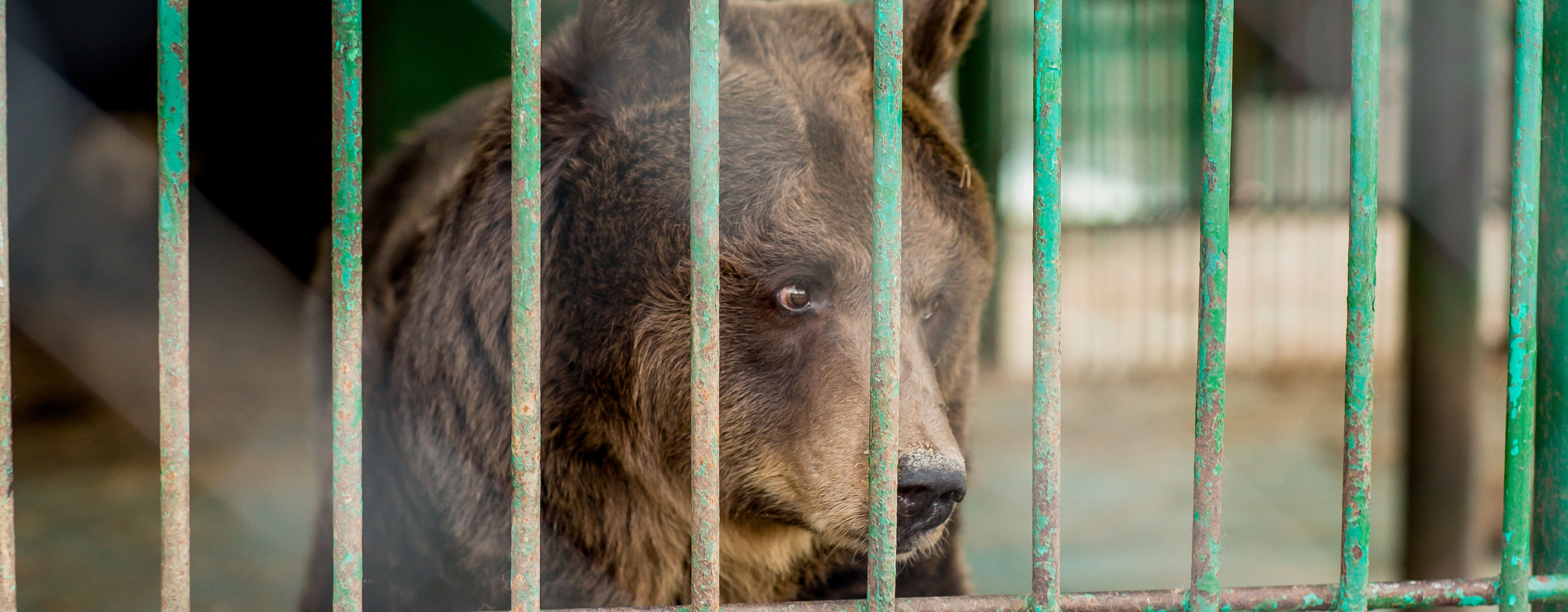- Brown J. L. (2000) Reproductive Endocrine Monitoring of Elephants: An Essential Tool for Assisting Captive Management. Zoo Biology 19: 347–367.
- Fowler M. E. (2000) The influence of behavior on the health and well-being of camels and their handlers. Journal of Camel Practice and Research 7(2): 129–142.
- Clubb R. & Mason G. (2002) A review of the welfare of zoo elephants in Europe. A report commissioned by the RSPCA.
- Djurskyddsförordning [The Swedish Animal Welfare Ordinance] (2019:66).

Animals in circuses
In the circus, animals are exploited to do tricks and in many cases they are forced to travel long distances in cramped spaces. It does not have to be this way.
Project 1882 advocates for the animals in circuses by:
- Informing the public about why animals should not be seen as entertainment and what one can do about it.
- Putting pressure on politicians and authorities in questions regarding animals. For example, Project 1882 was a driving force in the efforts to ban the use of elephants and sea lions in Swedish circuses, and continues to advocate for limiting the amount of animal species in circuses by a positive list.

The problems with animals in circuses
The business of a circus is built on the premise that it is perpetually on the move, as well as that the animals should perform unnatural tricks for the audience. Both of these factors can contribute to issues for the animals. The travelling and the conditions that the transport entails can cause stress among the animals, and their outdoor access becomes limited to small, temporary enclosures.(1, 2)
The tricks that the animals are coerced to perform are often unnatural to them, and can in some cases, lead to injuries. An example of this is when elephants are forced to stand on their hind legs, something that is done only in exceptional cases in the wild, and that can lead to joint damage if it is done frequently.(3)
Project 1882 advocates for a ban on animals in circuses, and participated in the international campaign Stop Circus Suffering during 2021 and contributed to the collection of over a million signatures for an EU ban on the use of wild animals in circuses.
Comprehensive legislation is needed
No list of which animals are allowed to be shown in circuses exists in the EU, but some member states have positive lists or negative lists stating which animals are not allowed to be exhibited in circuses.(4) Project 1882 views the lack of a positive list in the EU as problematic, as the circus industry could be tempted to use new species, that is not yet prohibited, or go between countries just to be able to use certain species. Instead, a positive list is needed, where approved, domesticated species are included, and it should also become more difficult to keep animals in circuses in general.
The animals who tour with circuses in Northern countries are sometimes forced to perform abroad during the cold winter. This contributes to the fact that governmental agencies lack oversight and control over which training methods are used to compel the animals to perform their tricks. Thus, comprehensive legislation is needed within the EU.
